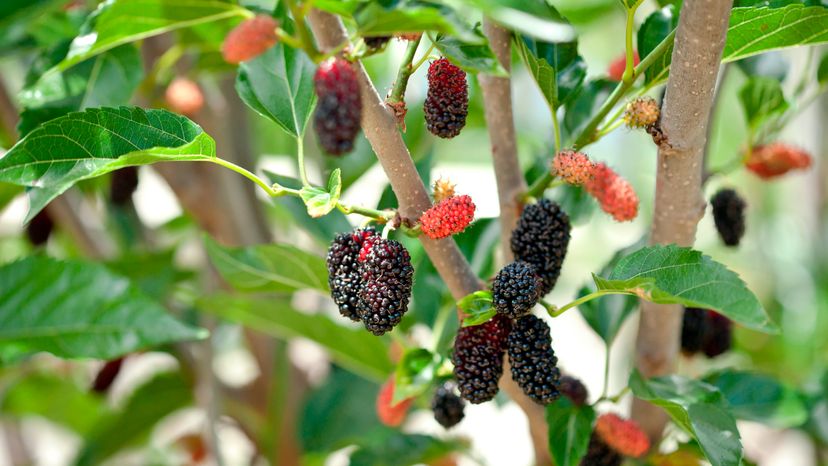
The Chinese Fruitless Mulberry tree was first introduced to North America as a food source for a potential silkworm industry. The industry never got off the ground, but the tree has since become widely naturalized. The original form is considered undesirable in most landscapes because of its messy fruits, which stain clothes and furniture. They are also weedy because birds love to eat them and carry the seeds far and wide, spreading the tree as they go. Fruitless clones, like Striblingii, offer none of those disadvantages and are becoming popular as landscape plants.
Description of fruitless mulberry tree: The fruitless mulberry develops an extremely dense, round-topped crown and reaches 30 to 50 feet in height. Its deciduous, toothed leaves, yellow-green to lustrous dark green, are extremely variable in form, with some being nearly heart-shaped and others deeply-lobed -- often all on the same plant. Young branches have an orange tinge to them, which they lose as they age.
Advertisement
Growing fruitless mulberry tree: The seedless mulberry is an easy tree to grow in every respect; it will even grow in nearly pure gravel. It is drought-resistant and fast-growing, preferring full sun to light shade.
Uses for fruitless mulberry tree: This tree is ideal where fast shade is needed. Pollution resistant, it is a good choice for urban conditions and succeeds near the ocean as well.
Related varieties of fruitless mulberry tree: There are several weeping mulberries, including Chapparal, a choice small-growing, fruitless variety.
Scientific name of fruitless mulberry tree: Morus alba Striblingii
Advertisement